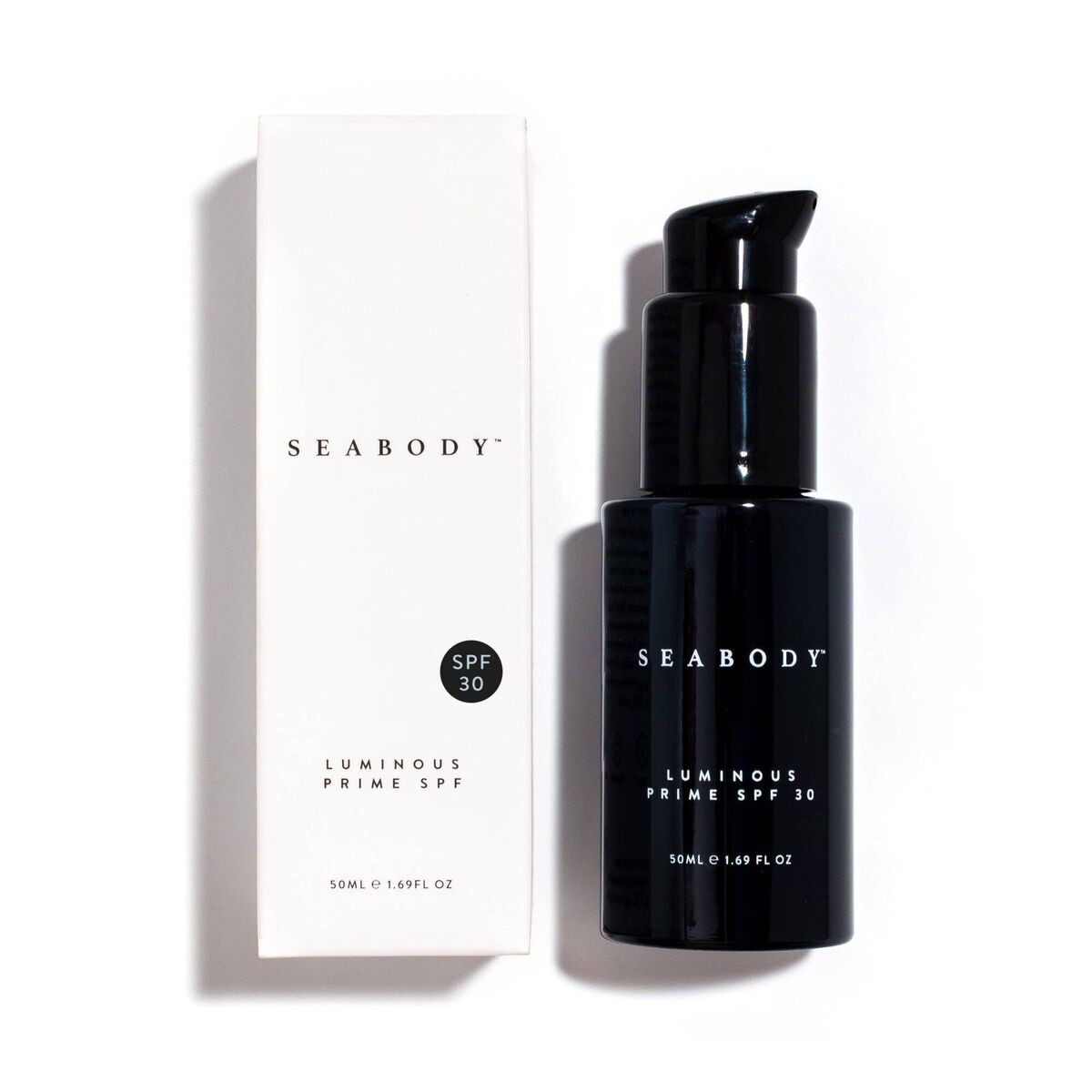The Skin Nerd: The good, the dangerous and the questionable of TikTok skin advice

Careful
Knowing who to trust when it comes to your skin can be tricky. Gone are the days when the leading opinion holders were editors of glossy magazines and those behind the beauty counters. The rise of the skinfluencer (a content creator who posts skincare videos via social media) has been great for building a community of hoomans with a shared interest, but when it comes to knowing whose advice to follow regarding your own skin, a trained professional is always best.
Whilst TikTok has opened a portal for spreading helpful tips and tricks, it has also led to the spread of questionable (and sometimes even dangerous) trends that do nothing useful for the skin. In some cases, these trends can even cause irreversible damage.
The problem is that content can be created by anyone, which is both a blessing and a curse when it comes to practical advice. Whilst it’s great to share money or time saving tips, when it comes to more scientific knowledge such as which ingredients to safely use on your face, you should look for someone with the qualifications to back up their advice. Some skinfluencers are highly trained skincare experts too – just be sure to check out their credentials before following any advice.
With this in mind, here are some of the current skincare hacks trending on the social platform. Some are very handy, some are downright dangerous, and some are best taken with a pinch of salt. Remember, the information you are being provided with on TikTok may not have been examined by a regulatory body – leaving it open to misinterpretation. So, for truly sound advice, please read on and reach out to the experts.
coined by dermatologist Dr Whitney Bowe, Skin cycling is a fancy name for alternating between active and passive skincare. An example of skin cycling could involve following a four-night skin care routine, starting with a chemical exfoliation on night one, using retinol on night two and spending the next two nights letting your skin recover by only using nourishing products that give moisture back to the skin. I love the concept of Skin Cycling, which helps to simplify a complicated regimen and ensures you don’t overload or over exfoliate the skin, both of which could lead to irritation and sensitivity.
At The Skin Nerd, we always recommend alternating between an active cleanser (to be used 2-3 times a week) and a more gentle, daily cleanser. This ensures that your skin barrier remains nourished and protected, but also allows you to target any more specific skin issues with a more potent treatment cleanser.
The trend for fake tanning serums which can be mixed with moisturiser for a healthy glow is a welcome one, being a great, safe alternative to a natural tan. Tanning drops such as Tan Luxe’s Illuminating Self-Tanning Drops (€46.00, boots.ie) should be mixed with emollient-based moisturisers (not active products) to help create a sun-kissed look without any dangers to the skin barrier. Remember that you will still need to wear SPF on top of this to protect your skin.
the only acceptable reaction to this one is a hard pass, people. Tan contouring is the inadvisable trend for only applying sun protection where you don’t want to bronze, allowing these hoomans to skip contouring with makeup. As well as running the risk of skin cancer, forgoing protection in these areas can also accelerate ageing in these parts too. Sun protection is a non-negotiable for healthy skin and shouldn’t be cast aside for aesthetic reasons. Apply daily as recommended by the Irish Skin Society and invest in a bronzer to contour your face safely.
A shocking trend has arisen involving the home removal of moles or skin tags. This is a highly skilled medical procedure and can be extremely dangerous and therefore not advised. At home mole removal devices are available online but doing this risks infection and scarring.
As the name suggests, this is using tape as a method of preventing wrinkles. The hack went viral after Bella Hadid discussed face taping in an interview with Vogue, which no doubt contributed to the hashtag FaceTape generating over 17 million views. In theory, taping the face in place works to physically stop your face moving, thus preventing formation of expression lines and wrinkles. Practically, this one has obvious flaws. Whilst the tape may restrict facial muscles (much like Botox does) the results are not long-lasting and it’s unlikely you would want to keep the tape attached to your skin for a lengthy time period (which could potentially cause congestion and irritation.) Whilst some brands offer face tape style products, evidence of effectiveness is inconclusive. When it comes to anti-ageing, there is really no alternative to establishing a solid skincare routine.
Also known as ‘snail slime,’ it is thought that applying the excrement of the slimy creatures to the face helps to boost the production of collagen and plump up the skin. It sounds less than desirable but there may be some benefits to using snail mucin on your skin. It is rich in hydrating properties, including hyaluronic acid, which is an ingredient known for its moisture-binding credentials. The fact it is included in many nourishing moisturisers is also promising. In terms of evidence, studies suggest that the topical use of snail mucin has improved the appearance of fine lines over a study period but due to limited research, the jury is still out on the extent of its effectiveness.

If you are looking for a user-friendly, sustainable SPF, I highly recommend Seabody Luminous Prime. Enriched with marine antioxidants and anti-tyrosinase Fucoida, this mineral SPF offers protection from both UVA and UVB rays, whilst also smoothing and soothing the skin. What I like about this sunscreen is that it applies like a dream — it is super lightweight, absorbs quickly and leaves skin with a radiant glow.
The brand is also sustainably focused and driven — they harvest seaweed for use in its products but do it in a way that does not harm the environment, plus they are vegan and cruelty-free — what’s not to love?







